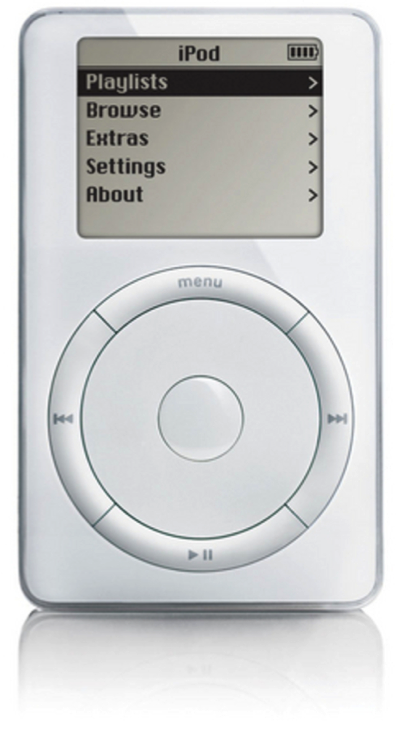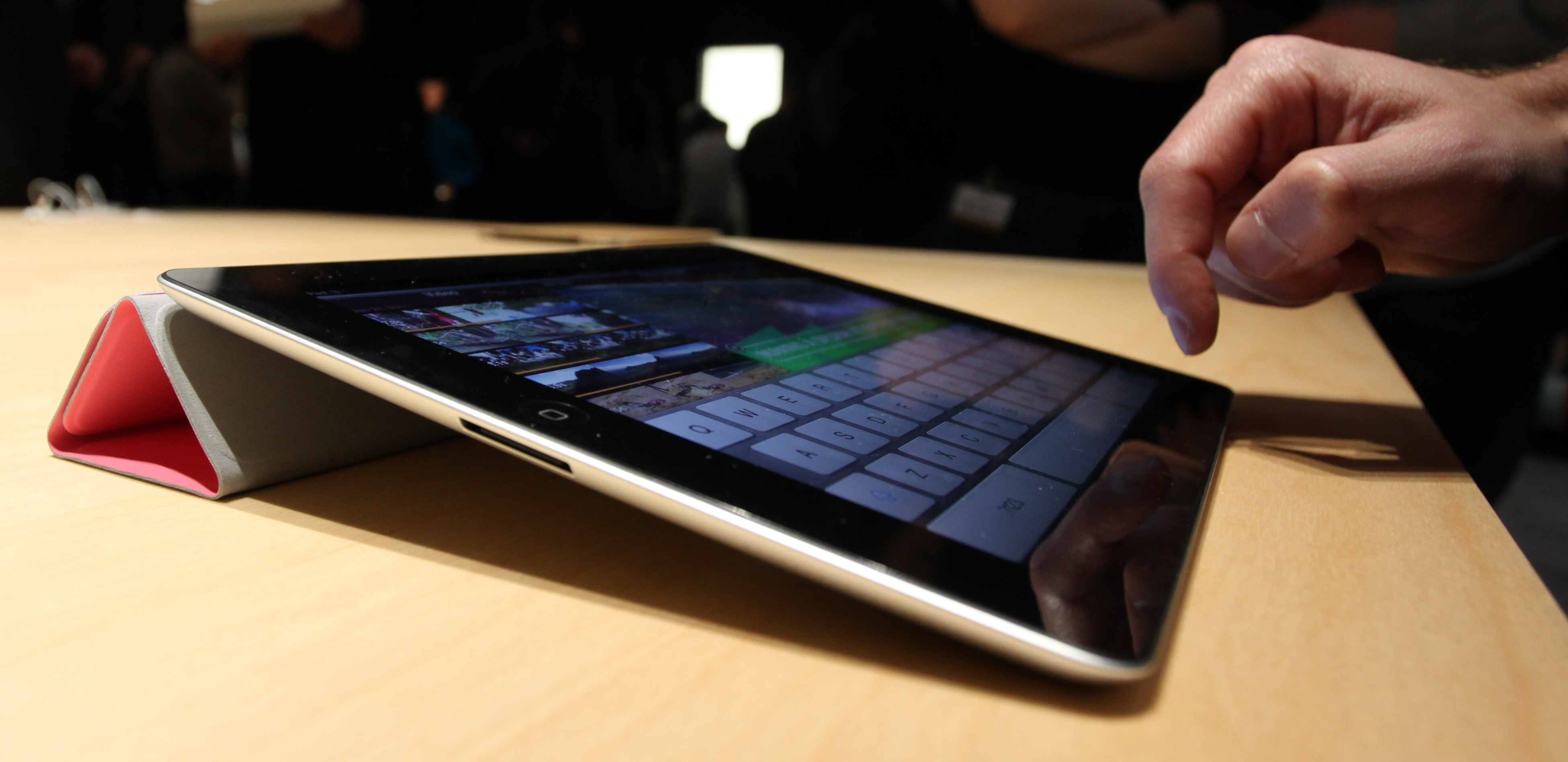In the first post of this series, I covered Apple’s early bet on the consumer space. Today I am going to discuss some of the specific technologies that highlight their development of Consumer-driven IT.
the iPod
 When considering the shift to the Consumer, conventional wisdom often points to the iPhone and the iPad, but for me the transformation really began with the iPod.
When considering the shift to the Consumer, conventional wisdom often points to the iPhone and the iPad, but for me the transformation really began with the iPod.
How many of you remember mp3 players prior to the iPod? The earliest ones could hold 20 songs…at most! One of my friends bought one that could hold more, but it was a brick that weighed weighed as much as a hard drive. The software was always confusing. Mp3 players, pre-iPod, exemplified what we often expect from technology: end-users, aka people, are forced to work within the constraints of the technology. If you want it light, it won’t have many songs. If you want a lot of songs, it will be too heavy.
mp3 players were, in every way, impractical. The iPod revolutionized that. I clearly remember the first time I saw an iPod, the first time I used the iTunes software. It was so obvious, so easy. My first thought was, “yeah, this is how it is supposed to work.”
Aesthetics in Technology
It is interesting to note that Apple did not set out to replace the Blackberry back in 2004 when it started working on the iPhone. Rather, Steve Jobs realized that eventually people would use a single device for communication and listening to music and he was worried about the threat to the iPod. The focus was always, ALWAYS, on what would work well for the end user.
And anyone who had a Windows Mobile, or a Palm Treo, had the same experience when using the iPhone as they did when they first used the iPod. “Wow, this is how it is supposed to be.” It seems so obvious, but…it clearly required an intense level of effort, intelligence and innovation. The end result looks effortless. That is one of the hallmarks of the aesthetic. And I think it’s fair to say that Steve Jobs pioneered the importance of aesthetic in technology.
So, the end result is that Apple has the largest market cap of any company in the world, has a devoted following that borders on the religious, and has, to use that cliché, disrupted IT in a profound way. And they did it, as Tim Cook realized back in 1999, by focusing on the consumer.
Defining Features of Consumer IT
Specifically, Apple emphasized their development around those qualities that define Consumer-driven technology:

-
Ease of adoption
-
Pleasurable experience
-
High quality of aesthetics
-
Affordable
In our next post we will look at the specific differences between Consumer and Enterprise IT.
Future of IT Series
Part 1: Where is this all going?
Part 2: Consumer Driven IT
Part 3: Enterprise Driven IT
Part 4: BYOD
Part 5: Game Changers

